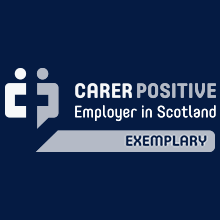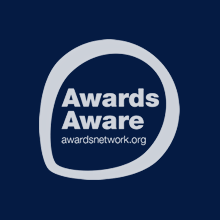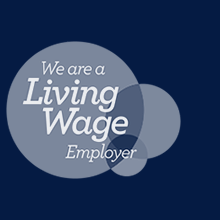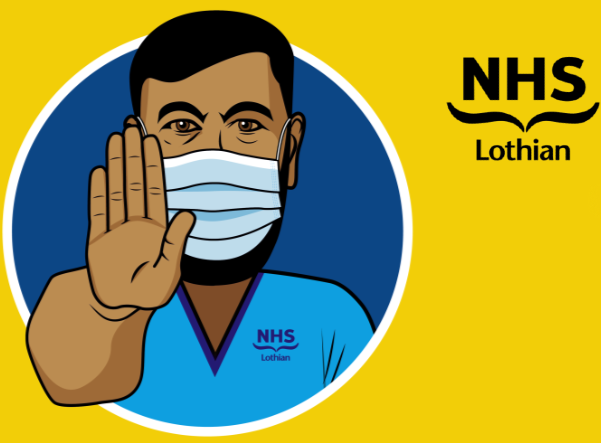Pelvic Floor Exercises
The following short video can be helpful to understand where your pelvic floor muscles are and how to exercise them properly:
Discontinue any of the exercises if they make your symptoms worse or cause a new pain or symptom. You can find more information about your pelvic floor muscles on the following Pelvic Health Information website
There are a number of pelvic floor training Apps that you can download for free, or you can purchase the NHS Squeezy App for a small fee which is a useful visual tool and exercise reminder
Stress Urinary Incontinence
This is when you leak urine for example on coughing, sneezing, and lifting, often because the muscles that support your bladder are weak. These are called the pelvic floor muscles. Information on stress incontinence and how physiotherapy can help to manage it can be found in our NHS Lothian leaflet “Physiotherapy for Stress Incontinence – Information for patients”.
You can also visit the following websites or links for more information:
The Pelvic Obstetric Gynaecology in Physiotherapy (POGP) website
Or
The International Urogynaecology Association (IUGA) website
Overactive Bladder (also known as urgency or irritable bladder)
Bladder issues often involve problems with “frequency” or “urgency” of urine which can impact your daily life. Frequency is when you go to the toilet to pass urine more than 8 times in 24 hours and more than once per night. Urgency is when you have very little warning of the need to pass urine. There may be times where you don’t make it in time and leak urine. Information on overactive bladder and how physiotherapy can help to manage it can be found in our NHS Lothian leaflet “Physiotherapy for Overactive Bladder – Information for patients”.
You can also visit the following websites and links for more information:
The Pelvic Obstetric Gynaecology in Physiotherapy (POGP) website
Or
You can watch a short video on bladder retraining:
Vaginal Prolapse
A prolapse may feel like something coming down, a lump or bulge or a dragging feeling in the vagina. It may go away when you lie down, but you may find it gets worse by the end of the day.
Information on vaginal prolapse and how physiotherapy can help to manage it can be found in our NHS Lothian leaflet “Physiotherapy for Prolapse – Information for patients”.
You can also visit the following website or link for more information:
The Pelvic Obstetric Gynaecology Physiotherapy (POGP) website
Painful Sexual Intercourse
There can be many different reasons why sexual pain occurs but for many there is no clear background reason. Once pain or discomfort has happened with penetration it is more likely the pelvic floor muscles will respond by tightening when something comes near the vagina.
Information on painful sexual intercourse can be found in our NHS Lothian leaflets “Vaginismus and dyspareunia (sexual pain) – information for patients” and “Over active Pelvic Floor Muscles – information for patients”.
Pregnancy related pelvic pain
Pain in pregnancy is relatively common, particularly around the pelvis and lower back – pelvic pain affects around 30-45% of women and LBP affects 70-80% of pregnant women. You may also experience pain elsewhere, such as your ribs, wrists and upper back. The vast majority will recover from this in the 12 months following giving birth.
Information on managing your pelvic girdle pain and other musculoskeletal symptoms in pregnancy can be found in our NHS Lothian leaflet “Care of the Body In Pregnancy Advice and Exercise”.
Gentle movement can help ease your discomfort and help you to maintain your mobility. Always build up slowly and stop if you feel your symptoms are worsening . Some ideas for exercises can be found in our NHS Lothian Leaflets “Your body in pregnancy exercise sheet“.
You can also visit the following website and link for more information:
NB – video links to follow
Recovery and information after childbirth
Information on common questions you may have about general recovery following the birth of your baby can be found in our NHS Lothian leaflet “Postnatal Physiotherapy Advice and Rehabilitation”
Many women will experience grazes or tears during childbirth as the baby stretches the vagina and perineum. Further information on your recovery can be found in our NHS Lothian leaflet “Perineal tears/trauma during childbirth. Information for patients” or following the link below:
https://www.rcog.org.uk/media/qgyfresz/pi-care-of-third-and-fourth-degree-tears-oasi.pdf
Towards the end stages of pregnancy most women will have stretching of their stomach muscles and the tissue that connects them. If you are having ongoing problems after the birth of your baby, further information can be found in our NHS Lothian leaflet “Postnatal Physiotherapy Advice and Rehabilitation”. Or following the link below:
https://thepogp.co.uk/patient_information/womens_health/tummy_muscle_separation.aspx
Constipation
Constipation is a common condition that affects people of all ages. It can mean that you are not passing bowel movements (stools) regularly or you’re unable to completely empty your bowel. It can affect the function of your bladder and can make symptoms of a vaginal prolapse worse. Constipation is also very common postnatally and can cause abdominal pain and make you feel bloated or nauseous.
Further information on constipation can be found in our NHS Lothian leaflet “Management of Constipation Information for patients”
You can also visit NHS Inform or click on the link below for more information:
https://www.nhsinform.scot/search?q=constipation+&locpt=55.378051%2C-3.435973&ds=&tab=inform














